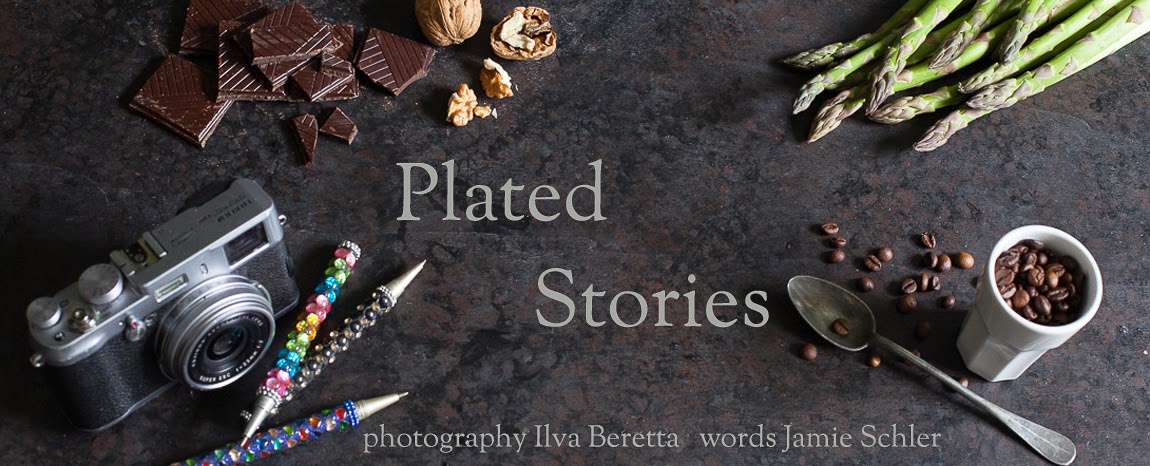Love makes the world go round. He wraps his arms round me, pulling me into an embrace. I run my finger round the edge of the flute, spirits to raise our spirits. The tabletop a pattern of damp rounds, the spirit of so many bottles and so many glasses, past embraces.
Pie plates, soup bowls, mixing bowls, cookies and more cookies, boxes of them (fit a round cookie into a square tin), pizza. Camembert and huge rounds of Parmesan, row upon row of rounds. A round of cheese, of pie, of pizza sliced into wedges.
Oranges and grapefruit, apples and plums. But square-cut or pear-shaped, These rocks don't lose their shape. But round is best.
Doughnuts!!
My mother had a tiny silver skillet in which she would fry one single egg. For a fried egg sandwich. Whisk one egg (cracked into bowl with a plop a deep yellowish orange yolk absolutely round floating in a viscous fluid mistakenly referred to as white) with just a dash each of salt and pepper. Melt a pat of butter in that tiny skillet over medium heat, lift and swirl the melted butter round and round to coat the pan. Add egg. Fry, flip, fry. One single, round fried egg the size but not shape of a slice of sandwich bread. A splotch of ketchup and a second slice. No way round it, the best little lunch ever.
She'll be Comin' Round the Mountain
My chef, the pastry chef whom I followed around for more than four years as his interpreter, my chef instructed the class as to how to roll out the perfect round of pie crust. Which, in many ways, could be said for pizza dough, as well. Or any round dough. He would gently, but firmly, shape the dough into a round, like a big, fat, thick coin. Turn it round and round between the palms of his hands, his fingers quickly tapping to shape, like a kid making mud pies or damp sand forms on the beach. Then the tricky part, the gestures that take patience. And practice. Round and round we go. With a sharp, expert flick of the wrist he would speckle dust across the surface of that round of dough. A firm pressure of the rolling pin against the cool circle and then a series of roll forward, roll back, lift and quarter turn, roll forward, roll back, lift and quarter turn and on and on, round and round he would go, his rhythmic movements barely broken by the regular shower of flour he would toss across the surface of the round. Don't push the dough, he would say, simply roll it out, coax it into shape, do not force it. Let it ease naturally into a round. Slow, steady, regular movements and the round of dough would gradually flatten and get larger and larger but always, always retain the roundness of the initial pat of dough.
How large a round to roll? He would place the selected pie dish atop that round of pastry and show how the dough round was so much larger than the dish, to allow for the sides, of course, and he was done. He would then wind and roll that round of dough, perfect every time, round the rolling pin he held in his expert hands, lift and drape across the pie plate then lift and press, one hand lifting the edge of the dough, the other gently pressing it into place. A roll, gentle pressure, across the top of the round dish and pull off the excess dough. I would glance round the table to the group of students gathered round chef and see so many pairs of eyes wide and round with awe, soaking in his words and motions.
I memorized his every gesture, his every movement, etched into memory. The twenty some years during and since I stood beside him through so many pastry classes, watching him turn out round after round of pie crust, I have repeated his movements, his gestures to a tee. Sometimes it worked and I would gaze down upon a lovely, graceful round of dough, perfect in every way, the glow of pride shivering up through my body. And sometimes it would go awry and my crust, my pizza would be like a giant amoeba, slithering across the work surface in all directions at once.
Round and round and round we go. Where we stop, no one knows.
From one end of the year to the next, where does a year start, where does it end? Jewish festivals are rife with symbolism, and at the New Year we celebrate the continuity of the years, the circle of life. We eat round foods, apples and pomegranates, both round and sweet. The traditional holiday Challah, that gently sweetened, braided loaf is shaped into a round with no beginning and no end. Foods eaten for a round, sweet year.
Blueberries and peas, tickety tickety roll round the bottom of a colander, roll across the kitchen table and bounce onto the kitchen floor. Round cherry tomatoes. Miniscule grains of pepper, innocent in their size yet attempt to pour them into the pepper mill and find yourself chasing a scattering of little round orbs across the counter, across the floor, gathering them up before the dog discovers them. A headache, are those little round foods.
Scoop up a portion of preparation, a savory or sweet concoction, and shape into circles, rolling round and round between the palms of one's hands until a round has been formed. Matzo balls, meatballs, chocolate ganache into truffles, dough for chocolate chip cookies. Round the kitchen.
How do you eat corn on the cob? Up and down, following the rows? Or round and round and round from one end to the other?



























